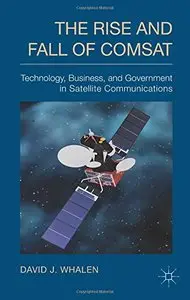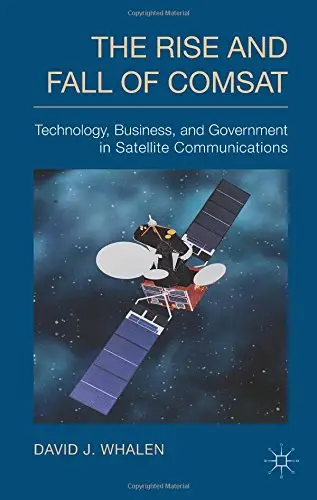The Rise and Fall of COMSAT: Technology, Business, and Government in Satellite Communications by David Whalen
English | 2014 | ISBN: 1137396911 | 278 pages | PDF | 2 MB
English | 2014 | ISBN: 1137396911 | 278 pages | PDF | 2 MB
Satellite communications grosses over $100 billion annually and is heading toward $200 billion. COMSAT started all of this in 1963 when it was organized in compliance with the Communications Satellite Act of 1962. COMSAT was responsible for choosing geosynchronous earth orbit (GEO), forming INTELSAT, and generally promoting the technological change that saw satellite power increase from the 40 watts of Early Bird (INTELSAT I) to the almost 10 kilowatts of INTELSAT IX; earth station antennas were reduced from 30 meters to 1 meter. The business of satellite communications was expanded to mobile communications and, less successfully for COMSAT, domestic telecommunications (DOMSATs) and television broadcasting. After pioneering this technology and growing the market, COMSAT fell prey to changes in government policy (the INTELSAT Definitive Arrangements, Reagan's Separate Systems, and ORBIT) and to its own lack of entrepreneurial talent. After its purchase by Lockheed Martin in 2000, COMSAT was closed down in 2001. The author explores the factors which contributed to this rise and fall of COMSAT.



